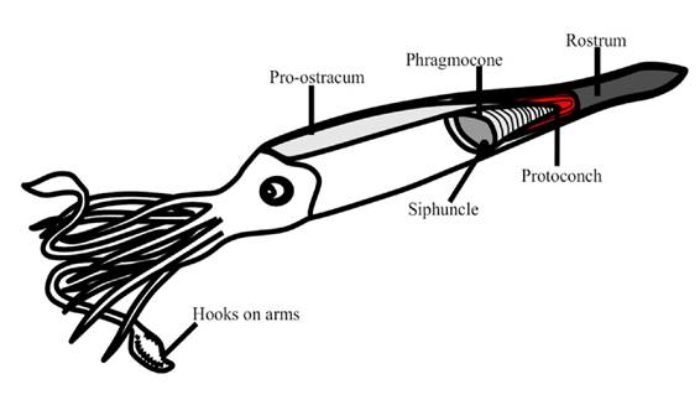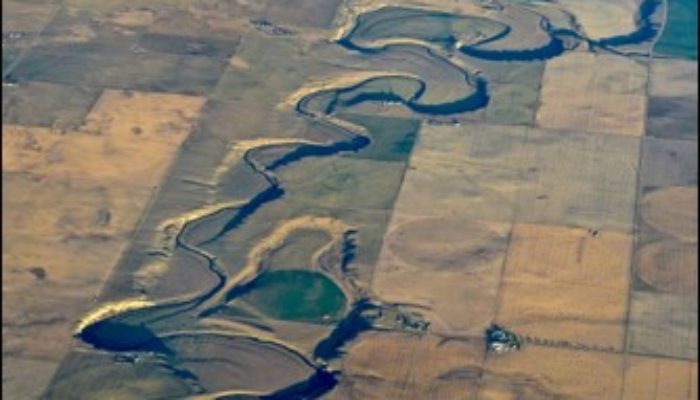This contribution adds to earlier articles on impact of global change on sedimentology and on the changing role of sedimentologists in a society moving towards a carbon-free energy future (e.g. Simmons and Davies, 2020, SSP BLOG). Sedimentology is a child of the Age of Petroleum. And, the success story of petroleum is closely linked to the equally successful story of gasoline-powered mobility. Let ...[Read More]
Podcast conversations about geology with researchers making key contributions to our understanding of the Earth and the Solar System
I have always sought to grasp the widest spatial and temporal context in which we find ourselves. So, after completing a physics degree at Cambridge University, I focused on cosmology and did a PhD on the structure of clusters of galaxies at Oxford University. I then joined the Science Museum, London, where I discovered the challenges and rewards of conveying science to the public. In 1984, The ...[Read More]
Belemnites in Mythology: From Thunderstorms to Fertility Symbols.
Belemnites are a group of now extinct marine coleoids cephalopods that lived during the Mesozoic (240 Mya – 65 Mya). Unlike modern squids, belemnites had a hard internal skeleon made of calcium carbonate called a rostrum. Like many fossil groups, belemnites have been associated with numerous myths and legends in folklore. Belemnites take their name from the Greek word belemnon meaning dart or jave ...[Read More]
Variety is the Spice of Life
It has been a busy few months here in Calgary. Obviously, fieldwork slows in the winter due to the amount of snow on the ground (and temperatures down to -40 degrees with wind chill factored in) but there are lots of other activities on the go. One of the joys of being a consultant is having the flexibility to take on a wide variety of small projects. Virtual Presentations I have found that giving ...[Read More]


